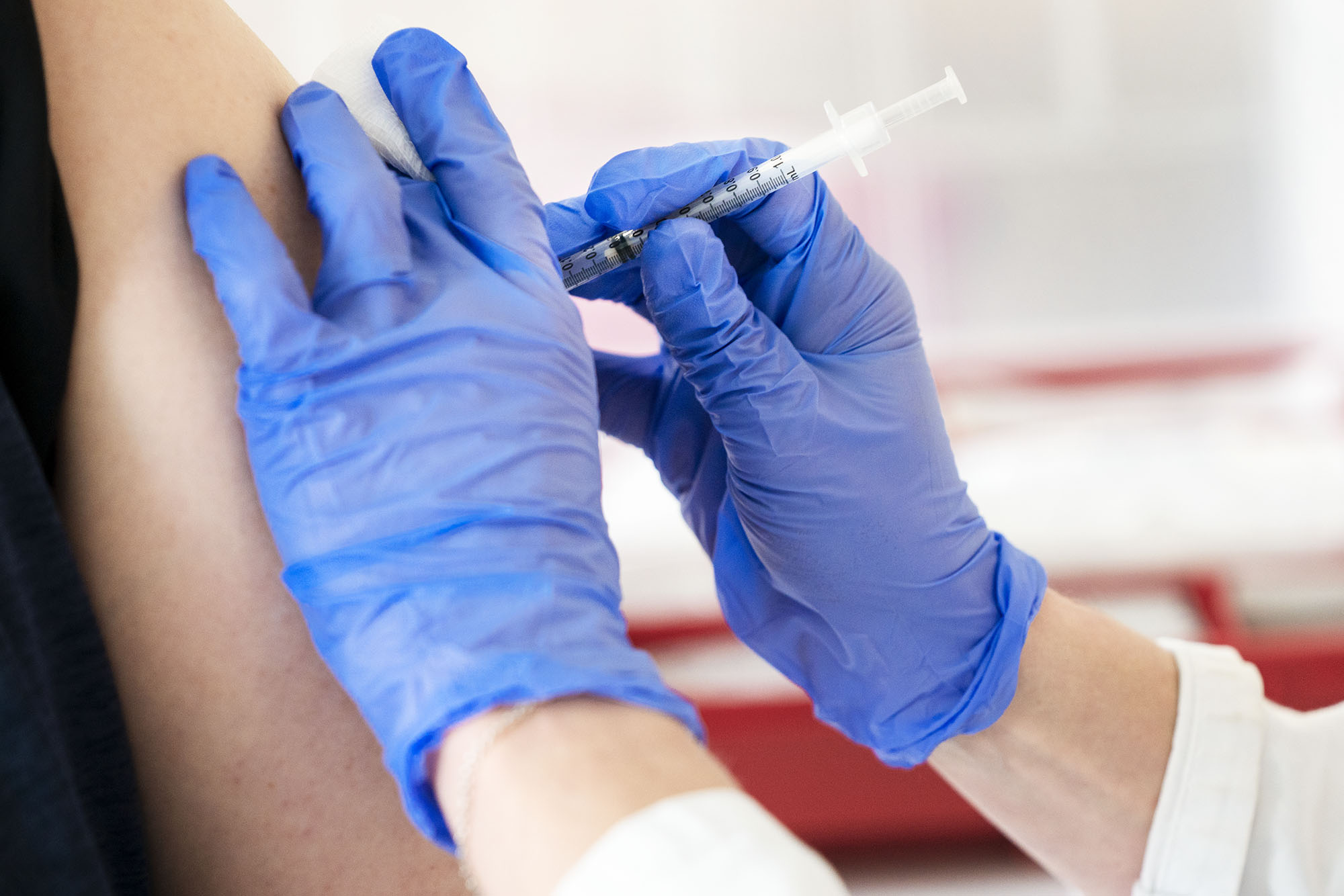On Friday, the Centers for Disease Control and Prevention and the U.S. Food and Drug Administration lifted a “pause” in the administration of the COVID-19 vaccine manufactured by Johnson & Johnson.
The pause was instituted to give regulatory authorities time to evaluate a small number of unusual blood clot complications reported among people who have received the vaccine. The CDC and FDA said on Friday that use would resume, but warning labels and fact sheets would be shared with patients, explaining the low risk of developing blood clots.
The University of Virginia’s Dr. William Petri explained the latest development in a piece for The Conversation, reposted below. Petri, a chaired professor of infectious diseases and international health and vice chair for research in the Department of Medicine, is studying the effects of COVID-19 on the immune system and possible treatments, including vaccines. In The Conversation, he explains his belief that the benefits of the Johnson & Johnson vaccine far outweigh the risks.
What was the concern with the Johnson & Johnson COVID-19 vaccine?
The FDA and CDC paused the use of the J&J vaccine on April 13 because of six initial cases of a rare and dangerous blood clot involving the cerebral venous sinuses, large blood vessels in the brain. This clotting, also called thrombosis, can also occur in the large blood vessels of the abdomen and legs and is associated with low platelet counts, or thrombocytopenia. This condition is called thrombosis with thrombocytopenia syndrome, or TTS.
An unusual aspect of these clots is that they occur with a low platelet count. Platelets are cells in the blood that typically aid in clotting. TTS is likely caused by the J&J vaccination rarely causing the production of an antibody against part of a platelet called Heparin-Platelet factor 4. These antibodies induce the platelets to cause clots. TTS appears similar to a rare side effect from the blood thinner heparin called heparin-induced thrombocytopenia.










